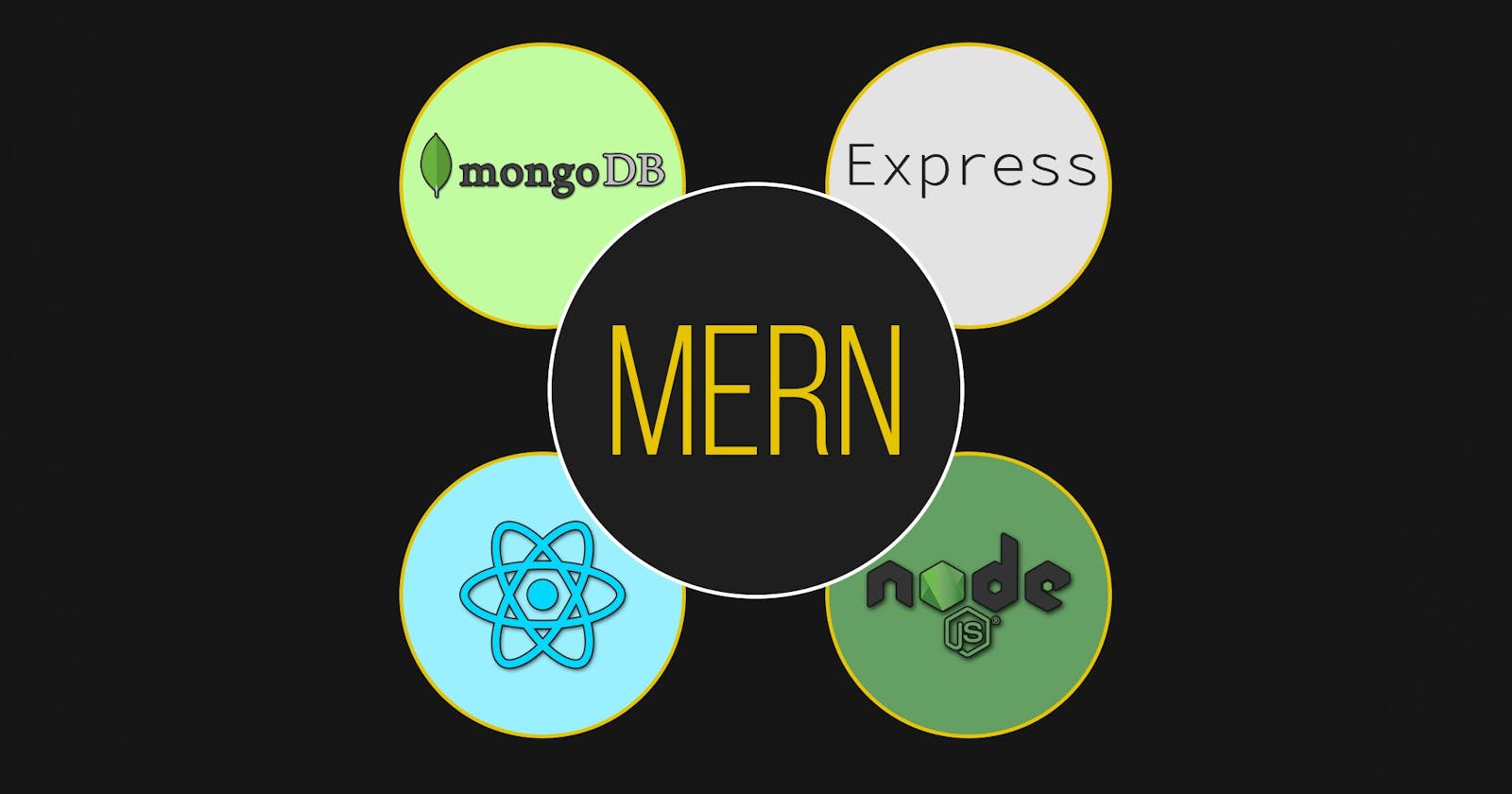Building Dynamic Web Applications with the MERN Stack
Building Dynamic Web Applications with the MERN Stack
Introduction:
In the world of web development, the demand for fast, responsive, and dynamic applications is on the rise. To meet these demands, developers often turn to powerful and efficient frameworks and stacks. One such popular stack is the MERN stack, which combines four key technologies: MongoDB, Express.js, React, and Node.js. In this blog post, we will explore the MERN stack, its components, and how it enables developers to build robust and scalable web applications.
1.MongoDB: The Flexible Database
The MERN stack begins with MongoDB, a NoSQL database that provides developers with a flexible and scalable solution. MongoDB stores data in a JSON-like format called BSON, which makes it easy to work with JavaScript. It allows developers to store and retrieve data quickly, making it an ideal choice for modern web applications.
2.Express.js: The Web Application Framework
At the heart of the MERN stack is Express.js, a minimal and flexible web application framework for Node.js. Express.js simplifies the process of building web applications by providing a set of robust features and middleware. It handles routing, and HTTP requests, and integrates seamlessly with other components of the stack.
3.React: The JavaScript Library for UI
React, developed by Facebook, is a powerful JavaScript library for building user interfaces. It allows developers to create reusable UI components, making it easier to build complex and interactive web applications. React's virtual DOM efficiently updates only the necessary parts of the UI, resulting in faster rendering and a better user experience.
4.Node.js: The Server-Side JavaScript Runtime
Completing the MERN stack is Node.js, a server-side JavaScript runtime built on Chrome's V8 JavaScript engine. Node.js allows developers to run JavaScript code on the server, opening up possibilities for building highly scalable and performant web applications. It provides a non-blocking, event-driven architecture that can handle a large number of concurrent requests.
Building a MERN Stack Application:
To build a web application with the MERN stack, developers follow a typical workflow:
a. Setting up the Backend:
Install Node.js and MongoDB on your machine.
Initialize a new Node.js project using npm or yarn.
Set up the Express.js server to handle HTTP requests and routes.
Connect Express.js to MongoDB using a MongoDB driver or an ORM like Mongoose.
b. Developing the Frontend:
Set up a new React project using Create React App or a similar tool.
Design and develop the user interface using React components.
Make HTTP requests from the frontend to the backend API using libraries like Axios or Fetch.
c. Connecting Backend and Frontend:
Configure the Express.js server to expose API endpoints for the frontend to consume.
Implement routes for handling CRUD operations (Create, Read, Update, Delete) on data stored in MongoDB.
Integrate frontend components with the backend API to fetch and display data.
d. Deployment and Scaling:
Deploy the MERN stack application to a hosting platform like Heroku, AWS, or DigitalOcean.
Configure the production environment variables and settings.
Monitor the application's performance and scale as needed to handle increasing traffic.
Advantages of the MERN Stack:
JavaScript Everywhere: The entire MERN stack is based on JavaScript, allowing developers to use the same language throughout the application, from the frontend to the backend.
Full-stack JavaScript: Developers can leverage their JavaScript skills to work on both the server-side and client-side of the application, resulting in a more efficient development process.
Reusability and Efficiency: React's component-based architecture enables code reusability, reducing development time and effort.
Scalability: Node.js provides a non-blocking I/O model, making it ideal for building scalable and high-performance web applications.
Conclusion:
The MERN stack has revolutionized modern web development by combining the power of MongoDB, Express.js, React, and Node.js. With this stack, developers can build dynamic, scalable, and efficient web applications using JavaScript from end to end. The flexibility of MongoDB, the simplicity of Express.js, the reusability of React, and the performance of Node.js make the MERN stack a popular choice among developers.
By leveraging the MERN stack, developers can create feature-rich applications with a seamless user experience. The component-based architecture of React allows for modular and reusable code, while Express.js provides a robust framework for handling server-side logic. Meanwhile, MongoDB's flexibility and scalability ensure efficient data storage and retrieval, and Node.js enables handling concurrent requests and building highly performant applications.
Furthermore, the MERN stack's reliance on JavaScript as a common language across the entire stack streamlines the development process and enables full-stack JavaScript development. Developers can leverage their JavaScript skills to work on both the frontend and backend, resulting in increased efficiency and a reduced learning curve.
As web applications continue to evolve and demand grows for faster, more responsive, and interactive experiences, the MERN stack remains a powerful toolset for building modern web applications. With its strong community support, extensive documentation, and numerous resources available, the MERN stack provides developers with the tools they need to tackle complex projects and deliver high-quality web applications.
Whether you're a seasoned developer or just starting your web development journey, exploring the MERN stack can unlock a world of possibilities and empower you to create dynamic, scalable, and innovative web applications that meet the demands of today's digital landscape. So, embrace the MERN stack and embark on your journey to build cutting-edge web applications with JavaScript at its core.
